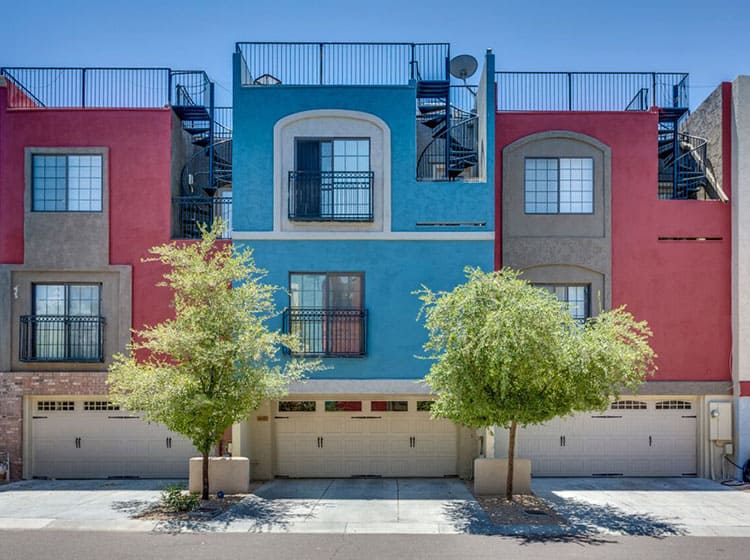Weather'S Effect On Industrial Outside Paint: Essential Knowledge For Success
Weather'S Effect On Industrial Outside Paint: Essential Knowledge For Success
Blog Article
Content Create By-McNamara Bendtsen
When you're preparing an industrial outside paint project, don't take too lightly the impact of weather on your outcomes. You need to consider aspects like temperature level, humidity, and precipitation, as they can make or break your paint task. For instance, did you know that optimal problems require details temperature level arrays and humidity levels? Stopping working to monitor these facets can cause irregular finishes or perhaps damage to fresh paint. Understanding these aspects is crucial to achieving a long-lasting, expert result. So, what details climate condition should you watch out for?
Temperature level Considerations
When it concerns industrial external paint, temperature level plays an important role in the end result of your project. If you're repainting in severe warm, the paint can dry out too quickly, leading to concerns like inadequate attachment and irregular surfaces. You want to go for temperature levels between 50 ° F and 85 ° F for the best results. Below 50 ° F, paint might not treat properly, while above 85 ° F, you take the chance of blistering and splitting.
Timing your job with the ideal temperature levels is crucial. Beginning your work early in the early morning or later on in the afternoon when it's cooler, particularly throughout hot months.
Additionally, consider the surface area temperature level; it can be dramatically more than the air temperature level, specifically on sunny days. Use painting contractors in portland or to examine this before you start.
If temperature levels are unforeseeable, watch on the weather report. Abrupt temperature level declines or heat waves can hinder your strategies. You don't want to start painting just to have the problems change mid-project.
Humidity Levels
Humidity levels substantially affect the success of your industrial external paint task. When the moisture is too high, it can hinder paint drying and treating, resulting in a series of concerns like poor attachment and complete quality.
If you're planning a task throughout wet problems, you might discover that the paint takes longer to dry, which can prolong your project timeline and increase prices.
On Read A lot more , reduced moisture can additionally position challenges. Paint might dry out also rapidly, preventing appropriate application and resulting in an uneven finish.
You'll want to keep track of the moisture degrees carefully to guarantee you're working within the ideal variety, commonly between 40% and 70%.
To get the very best results, take into consideration using a hygrometer to gauge moisture prior to beginning your project.
If https://www.thetelegraph.com/news/article/Painting-of-Wood-River-veterans-finds-a-home-17564668.php find the degrees are outside the optimal range, you may require to readjust your routine or select paints made for variable conditions.
Always speak with the manufacturer's guidelines for specific referrals on moisture tolerance.
Precipitation Impact
Rainfall or snow can considerably disrupt your industrial exterior painting plans. When precipitation takes place, it can wash away freshly applied paint or create an irregular coating. Ideally, you wish to pick days with dry climate to make certain the paint adheres effectively and cures successfully. If you're captured in a shower, it's ideal to halt the job and wait for problems to boost.
Moreover, snow can be much more detrimental. Not just does it develop a damp surface, however it can likewise reduce temperatures, making it tough for paint to dry. This can cause problems like peeling off or blistering down the line.
It's crucial to examine the weather report before starting your project. If rainfall or snow is forecasted, take into consideration rescheduling.
Constantly bear in mind to allow adequate drying time between layers, particularly if the weather condition remains unforeseeable.
Final thought
Finally, keeping an eye on the climate is essential for an effective business external paint task. By keeping an eye on temperature, humidity, and rainfall, you can make sure the best problems for application and treating. Bear in mind to intend your job around positive climate and constantly adhere to maker guidelines. With the appropriate technique, you'll achieve a lasting, stunning coating that can withstand the aspects. Don't let the climate catch you unsuspecting-- stay educated and repaint smart!
